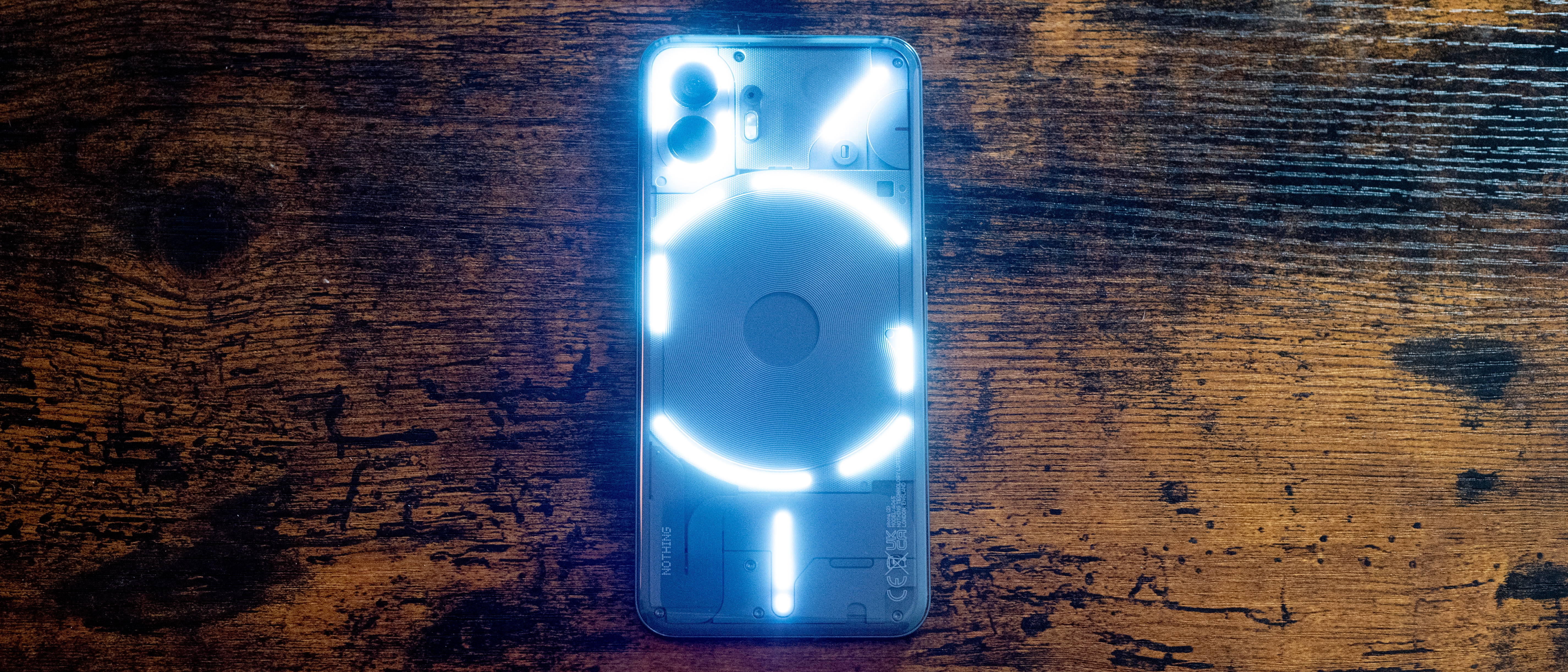
Nothing Phone (2) Review: Flashy, Stylish, and Surprisingly Solid
The Nothing Phone (2) aims to disrupt the smartphone market with its unique design and minimalist approach. But does it deliver a flagship experience worthy of its price tag, especially in the competitive North American market? This review delves into the phone’s strengths and weaknesses, considering its design, performance, camera, software, and overall value.
Design and Aesthetics: A Standout in a Sea of Sameness
The Nothing Phone (2) undoubtedly stands out. Its transparent back with illuminated Glyph interface is undeniably eye-catching, offering a refreshing alternative to the ubiquitous, homogenous designs of other flagship phones. The textured back provides a unique tactile experience, although the highly curved glass makes it surprisingly slippery and prone to accidental drops. This sleek design comes at a cost; the phone lacks robust water resistance, making it susceptible to damage from even moderate exposure to water.
While the Glyph interface is visually appealing, its functionality remains limited. Although it offers notifications, timers, and charging indicators, its integration with other apps is minimal, making it feel more like a cool gimmick than a fully integrated feature. The potential of the Glyph interface is clearly far greater than its current implementation. The overall design, while stylish and unique, needs improvement in terms of grip and durability to justify its premium pricing.
Performance and Software: A Solid Foundation with Room for Refinement
The Nothing Phone (2) boasts impressive performance, thanks to the Snapdragon 8+ Gen 1 chipset. This powerful processor handles demanding tasks and games with ease, providing a smooth and responsive user experience. The high refresh rate display enhances the overall smoothness of the interface. The 12GB RAM option ensures seamless multitasking, although the 8GB variant should still provide adequate performance for most users.
However, the software experience presents a mixed bag. Nothing OS 2, based on Android 13, introduces unique features like a monochrome interface and oversized app icons, which enhance usability and reduce visual clutter. The software’s minimalist design is appealing, focusing on efficient navigation and eliminating distractions. Yet, the integration of the Glyph interface remains inconsistent, and minor software bugs were observed during testing, suggesting room for improvement in software optimization and overall polish.
Camera Performance: A Notable Shortcoming
The Nothing Phone (2)’s camera system represents a significant area for improvement. While an upgrade over its predecessor, the camera struggles with dynamic range and HDR performance. Images often exhibit blown-out highlights and a lack of detail in shadows, highlighting shortcomings in image processing. The camera app itself experienced occasional unresponsiveness, adding to the overall frustration.
Compared to competitors in the same price range, the Nothing Phone (2)’s camera falls short. The absence of a telephoto lens further limits its versatility. While some images appear pleasing due to a warmer color tone, the overall image quality and performance do not match the standards set by other phones at this price point. This is a significant drawback for users who prioritize mobile photography.
Value and Overall Impression: A Premium Experience with Compromises
The Nothing Phone (2) offers a premium experience at a comparatively affordable price, especially within the competitive landscape of flagship smartphones. The unique design, powerful performance, and smooth display are definite highlights. However, the limited Glyph functionality, camera shortcomings, and concerns regarding durability and after-sales service somewhat temper the overall value proposition.
The lack of carrier partnerships in North America means the absence of trade-in options and carrier deals, increasing the upfront cost. The phone’s premium price is justified by its unique design and high-end components, but potential buyers should carefully weigh the pros and cons, particularly considering the camera’s limitations and the unproven track record of Nothing’s after-sales support. The phone’s strengths are its unique design and performance, but the weaknesses in its camera system and software integration must be considered.
Key Takeaways
- The Nothing Phone (2) offers a unique and stylish design but lacks robust water resistance and has a slippery build.
- The phone delivers strong performance thanks to its Snapdragon 8+ Gen 1 chipset.
- The camera system is a notable weakness, struggling with dynamic range and lacking features compared to competitors.
- Nothing OS 2 is minimalist and efficient but has minor software bugs and inconsistent Glyph integration.
- The Nothing Phone (2) offers good value for its unique design and performance but has compromises in camera and software.
